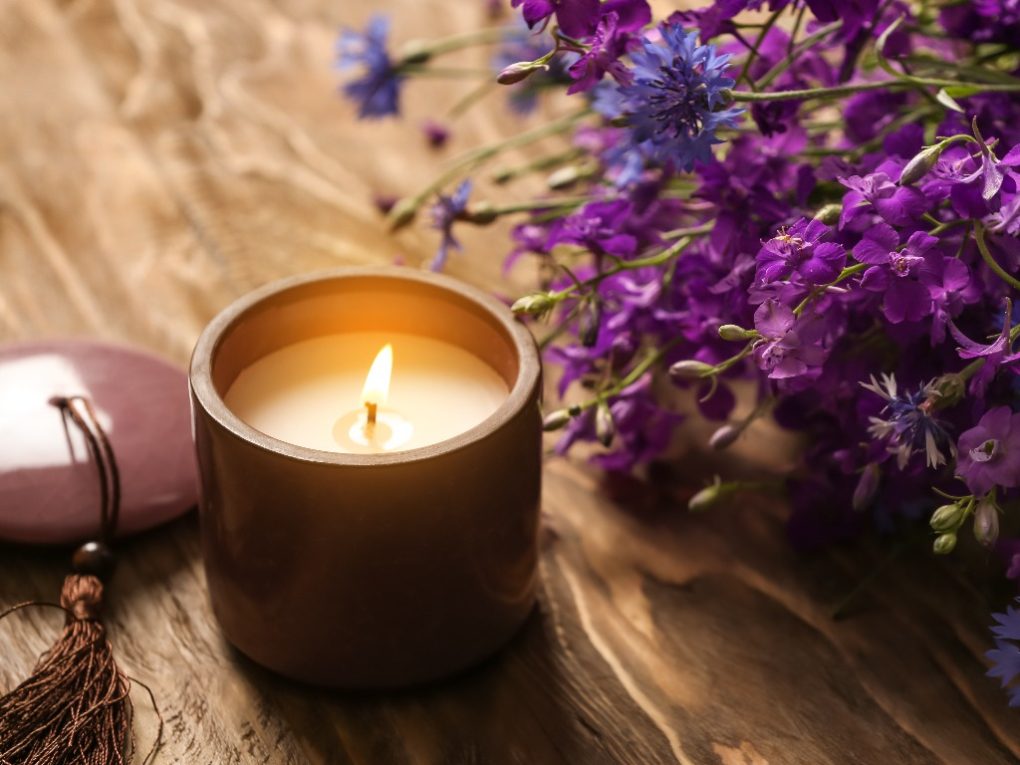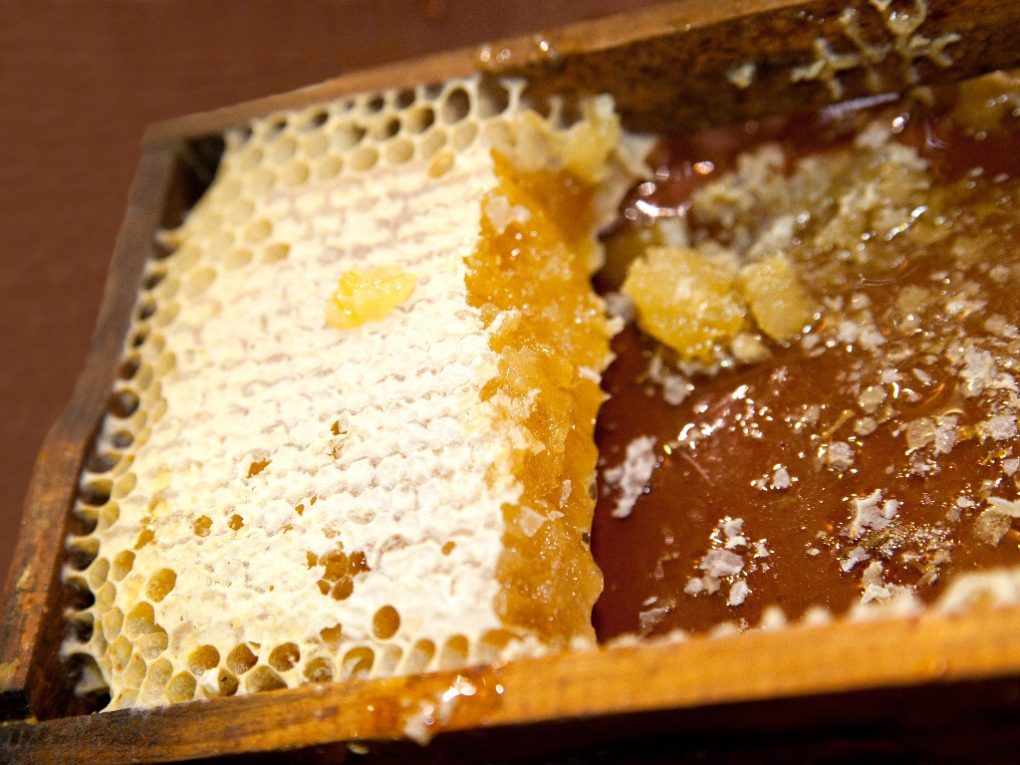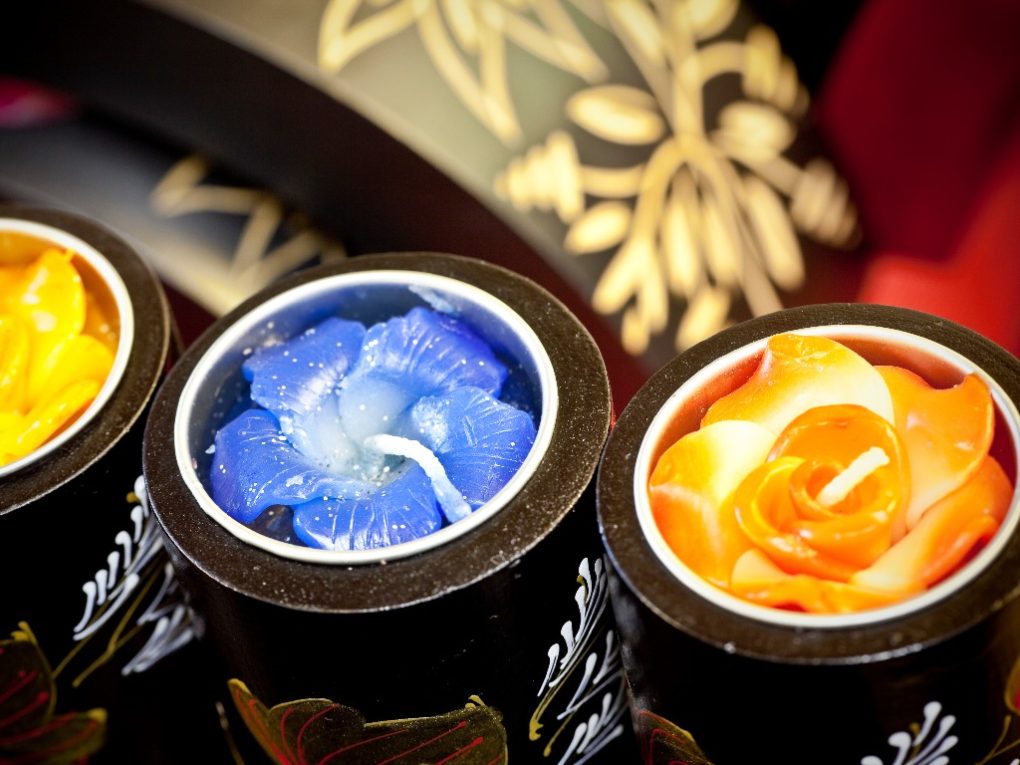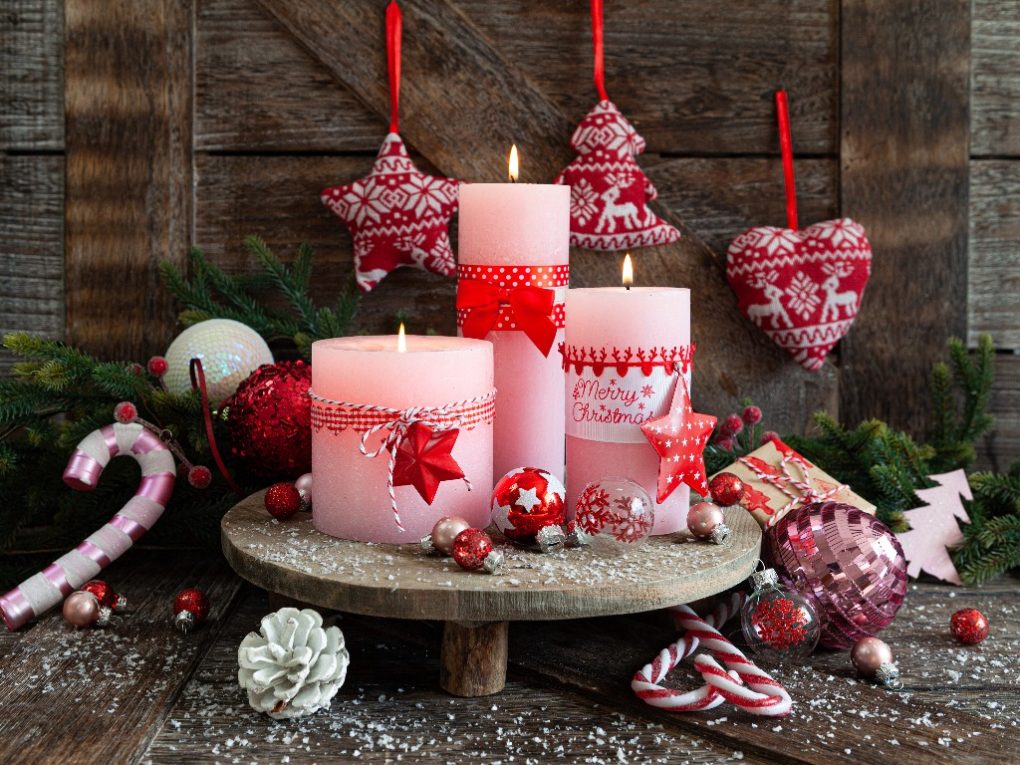Why Are Candles So Expensive: Examining the Factors Behind the High Costs
The cost of candles can vary depending on various factors, including the quality and type of wax used, the fragrance or essential oils used, the size and design of the candle, and the manufacturing process used. High-quality candles often use premium wax, such as soy wax or beeswax, which can be more expensive than lower-quality paraffin wax. Additionally, using natural fragrances or essential oils can increase the cost.


The packaging and marketing of the candles can also contribute to the overall cost. Premium candles often come in stylish and decorative containers, which can be more expensive to produce and transport. The marketing of the candle can also impact the price, as premium candles may be marketed as luxury items and sold at a higher price point.
Ultimately, the cost of a candle will depend on the specific brand, materials, and production process used. While some candles may be more expensive, it is important to consider the product’s quality and value when purchasing.
Cost of Candle-Making
Raw Materials
Candle-making requires several raw materials, such as wax, wicks, fragrance oils, and dyes. The quality of these materials affects the final product’s appearance, burn time, and scent throw. For example, high-quality wax will burn longer, creating less soot than lower-quality wax. Similarly, high-quality fragrance oils provide a stronger and longer-lasting scent than lower-quality oils. The cost of raw materials varies depending on the quality and quantity needed.


For example, soy wax costs around $1.50 to $2.50 per pound, while beeswax costs up to $10. Wicks can cost anywhere from $0.10 to $0.50 per wick, depending on the size and material. For example, fragrance oils can cost around $2 to $5 per ounce, and dyes can cost around $1 to $2 per ounce.
Production Process
The production process also affects the cost of candle-making. For example, if a candle maker produces candles in small batches, the cost per candle will be higher than if they produced candles in larger batches. In addition, the cost of equipment, such as melting pots, thermometers, and scales, also affects the cost of production.
Candlemakers also need to consider the packaging cost and label their candles. This includes the cost of jars, lids, labels, and shipping materials. The cost of packaging can vary depending on the type of container used and the quantity purchased.
Factors Affecting Candle Prices
Brand Reputation
One of the most significant factors affecting candle prices is brand reputation. Luxury candle brands like Diptyque, Jo Malone, and Nest have established themselves as high-end brands that offer premium quality candles. These brands have a loyal customer base willing to pay a premium price for their products. However, the brand’s reputation is a significant factor in determining the price of the candles.
Size and Design
Larger candles require more wax and materials and may require more labor. As a result, larger candles tend to be more expensive than smaller ones. The design of a candle can also impact its price. Candles with unique or intricate designs may require more time and skill to create and may use more materials than simpler designs. This can make them more expensive.


Additionally, some candles are designed to be decorative or ornamental, such as those with carved or sculpted designs. These candles may be more expensive than simple, plain candles due to the additional time and effort required to create them.
Scent and Color
The scent and color of candles are also important factors that affect their prices. The fragrance is the most important characteristic impacting candle purchases today, with three-fourths of candle buyers saying it is “extremely important” or “very important” in their selection of a candle.
High-quality candles use more expensive premium fragrances, such as essential oils, which can drive up the cost of the candle. The color of the candle can also impact its price. Hand-dyed Candles that use natural dyes can be more expensive than synthetic ones.
Seasonality
Candle scents and designs are often created to correspond with certain holidays or seasons, such as pumpkin spice or apple cider scents for fall or evergreen and peppermint scents for winter holidays. Based on experience, candles with these seasonal scents or designs may be in higher demand during those specific times of the year, leading to higher prices due to supply and demand.


For example, a pumpkin spice candle may be more expensive in the fall when demand is high, but the price may drop during other times when the demand for that scent is lower. On the other hand, candles that are designed to be used year-round, such as those with simple and neutral scents, may not be as affected by seasonality.
Packaging
Packaging is another factor that affects price, according to Virtual Packaging. Luxury candle brands often use high-quality, aesthetically pleasing packaging that adds to the overall experience. The packaging can include elements such as embossed logos, high-quality paper, and unique designs. All these factors can increase the cost of the candle.
Market Trends and Demand
The candle industry has experienced a surge in demand in recent years, with candles becoming a household staple for many consumers. The trend is expected to continue in the coming years, with the global candle market projected to grow at a compound annual growth rate (CAGR) of 5.7% from 2023 to 2030, according to a report by Market Research Future.
One of the factors driving the growth of the candle industry is the increasing popularity of candles as decorative items. Candles are no longer just a source of light but also a way to add ambiance and style to a room. Consumers are willing to pay a premium for high-quality, aesthetically pleasing candles that can enhance the look and feel of their homes.
Another trend in the candle market is the rising demand for natural and eco-friendly candles. Consumers are becoming more conscious of the environmental impact of their purchases and are looking for sustainable and eco-friendly products.
As a result, many candle makers are now using natural ingredients such as soy wax, beeswax, and essential oils to create candles that are not only beautiful but also environmentally friendly. Despite the high demand for candles, the industry is facing several challenges that are driving up the cost of production. One of the main factors is the rising cost of raw materials such as wax, fragrance oils, and packaging materials.
